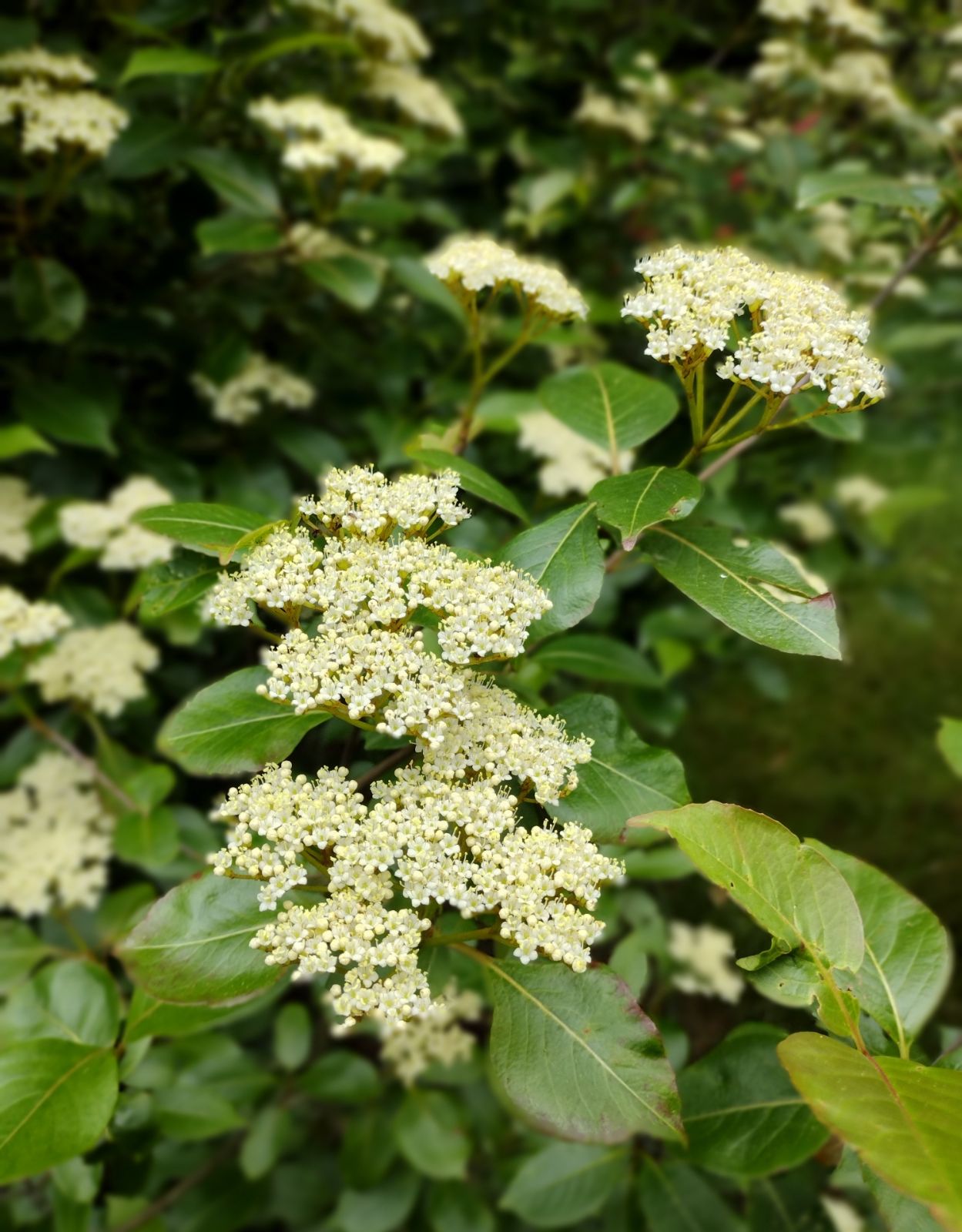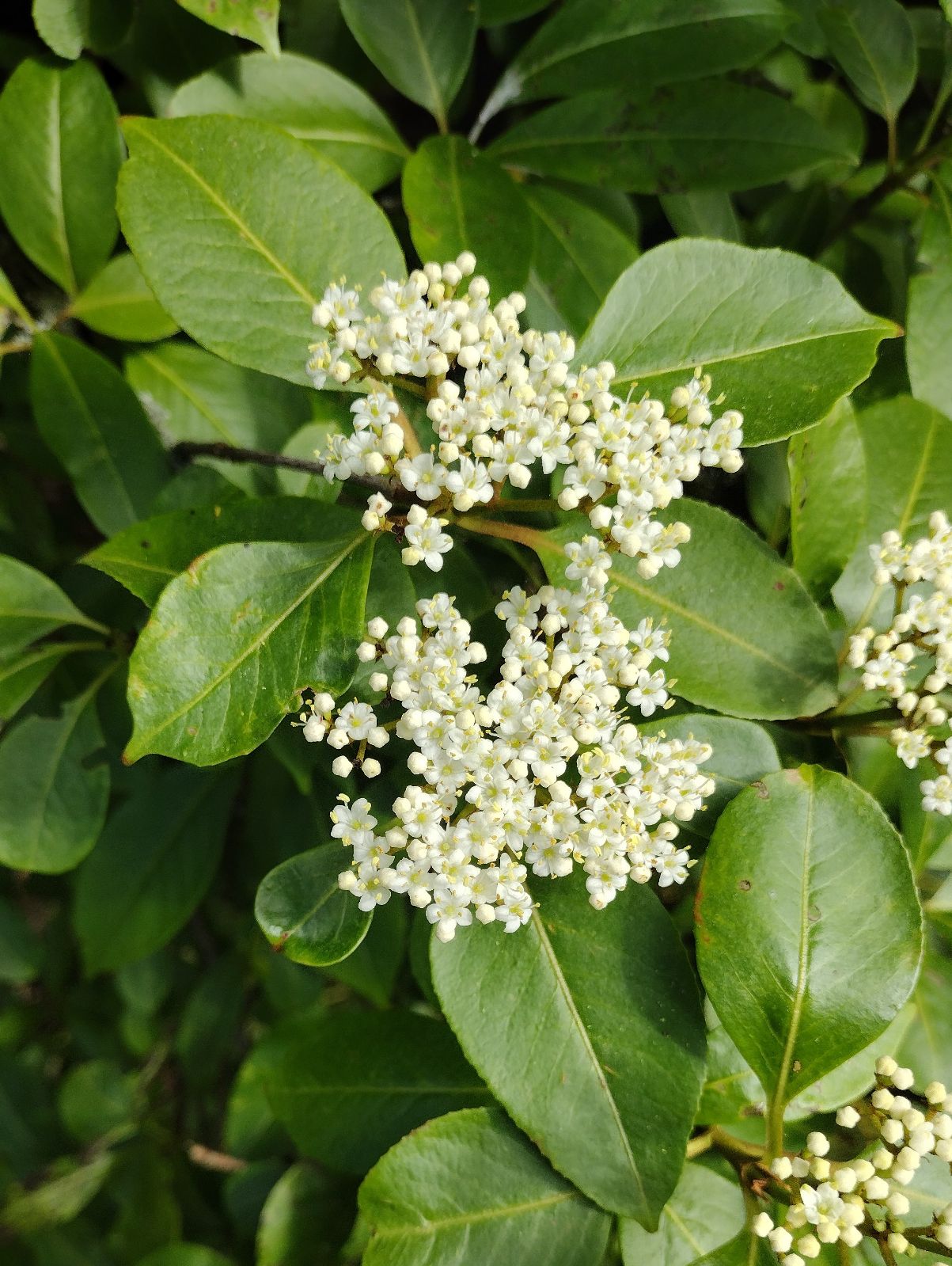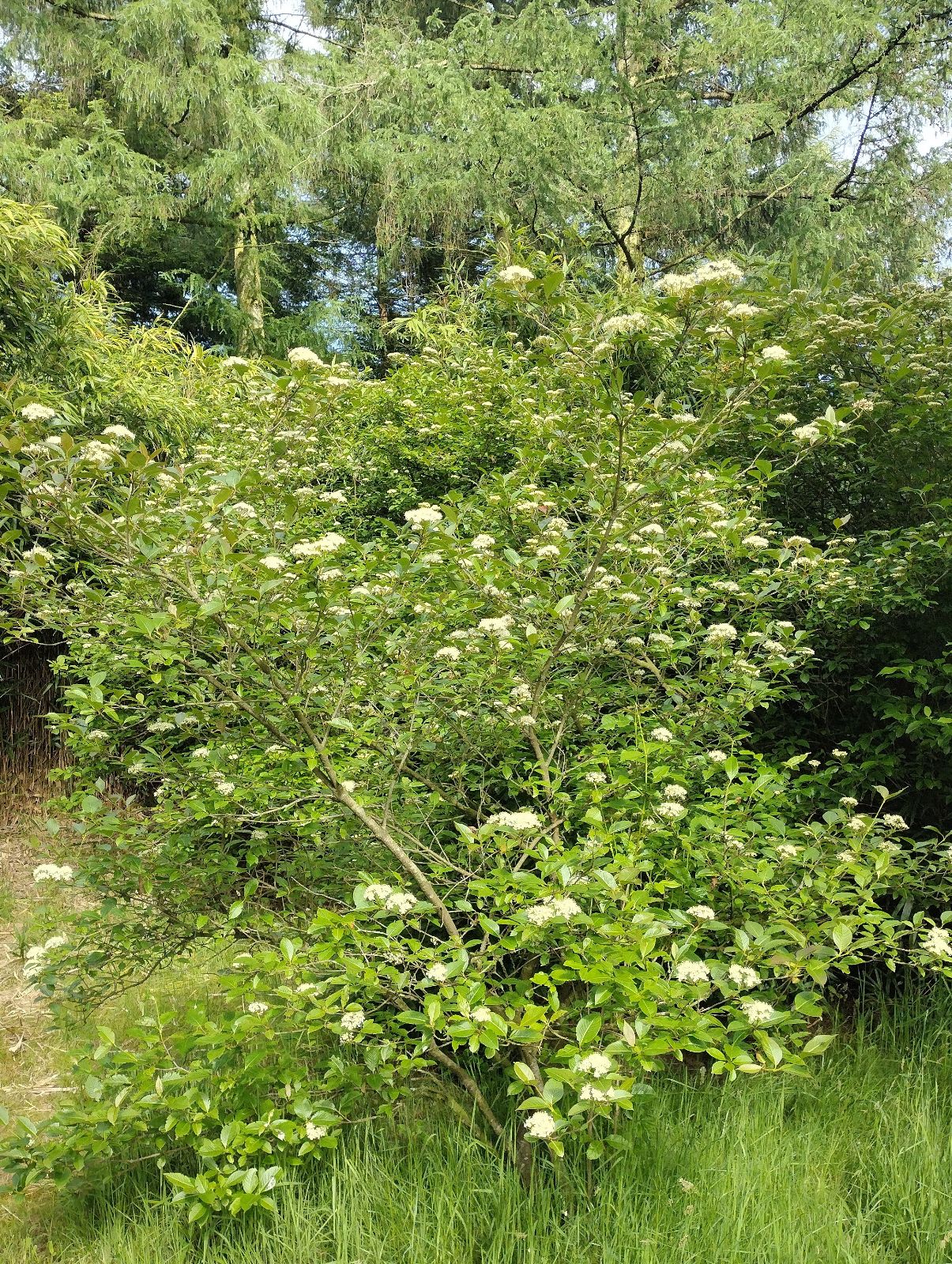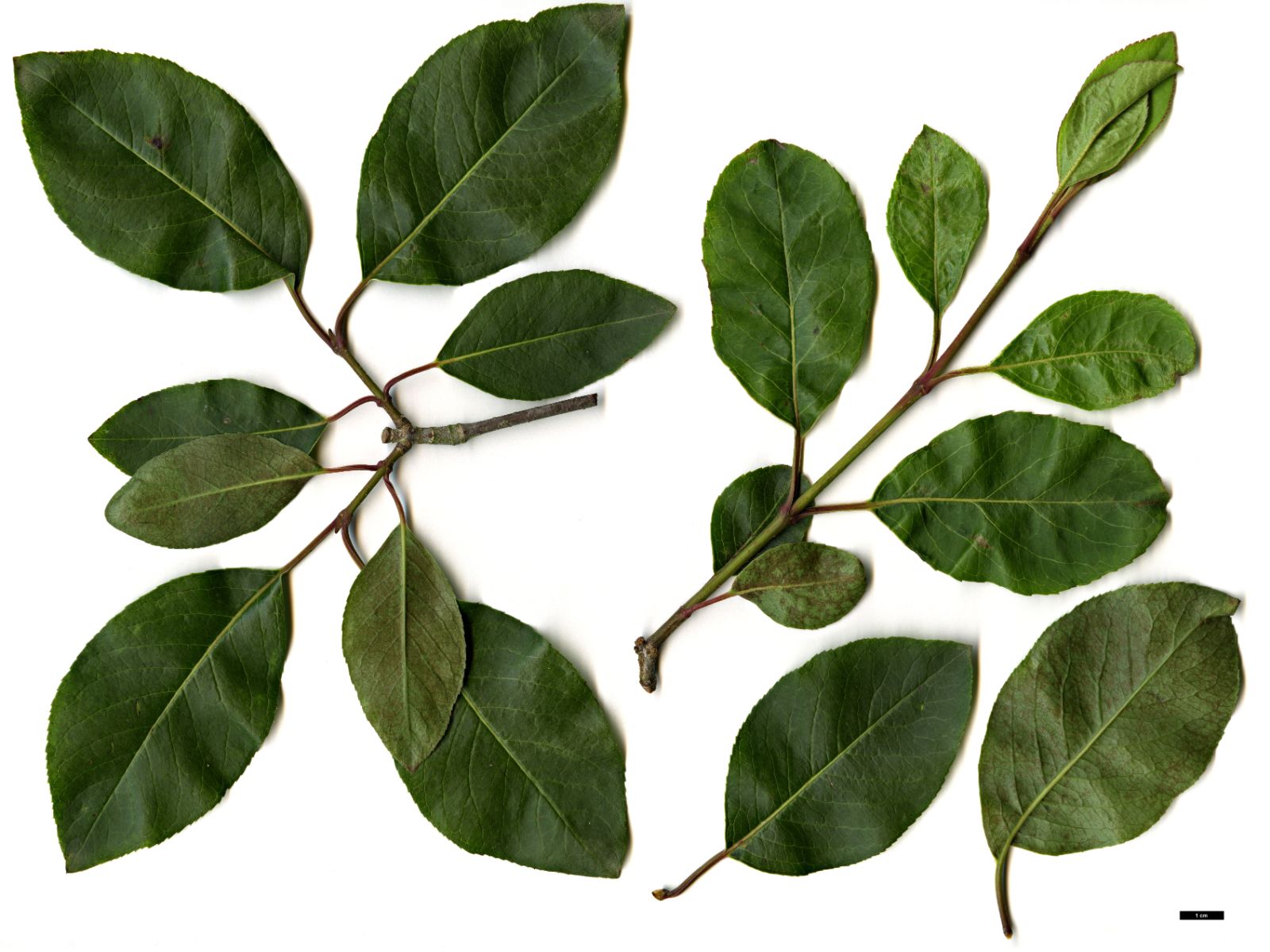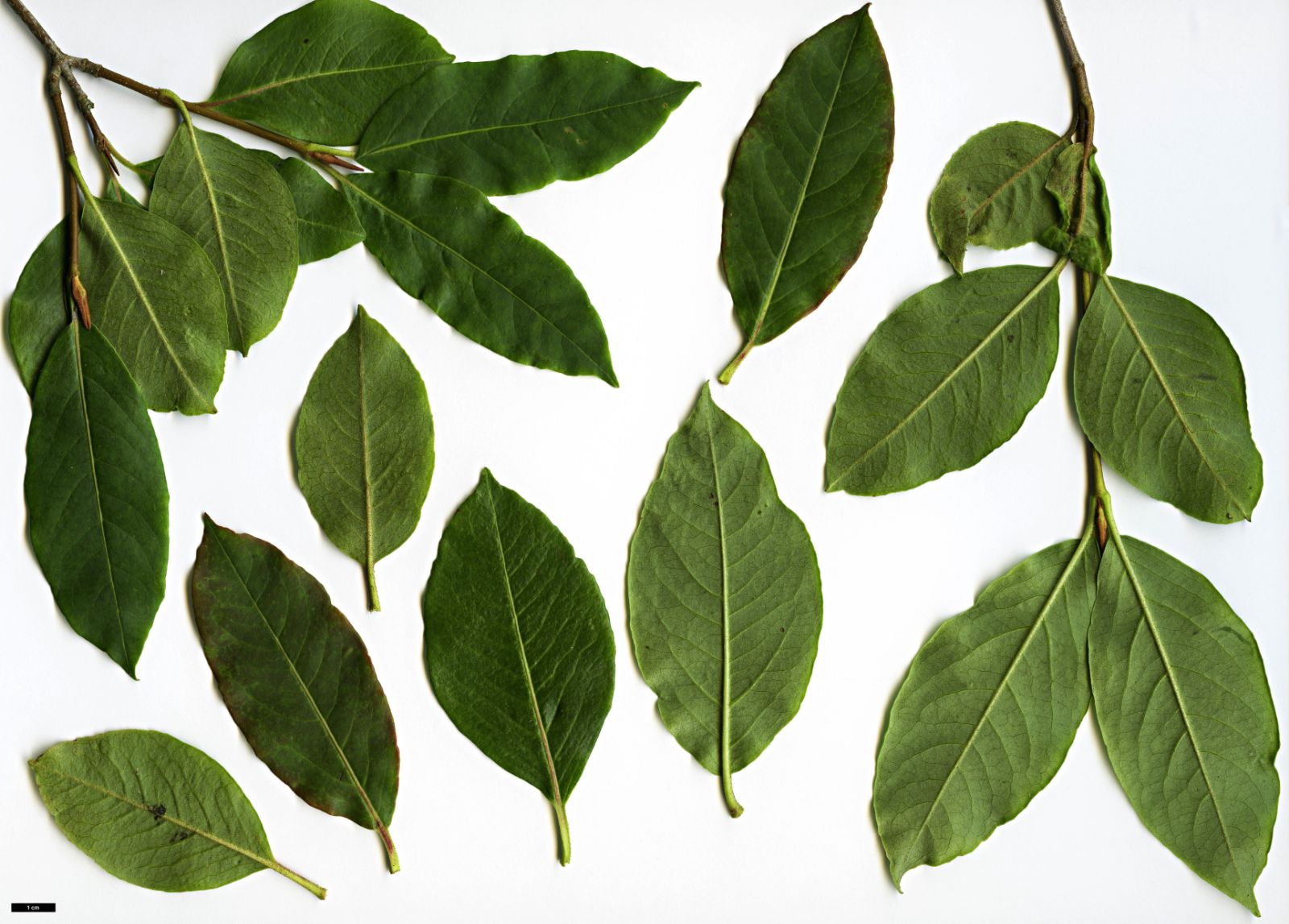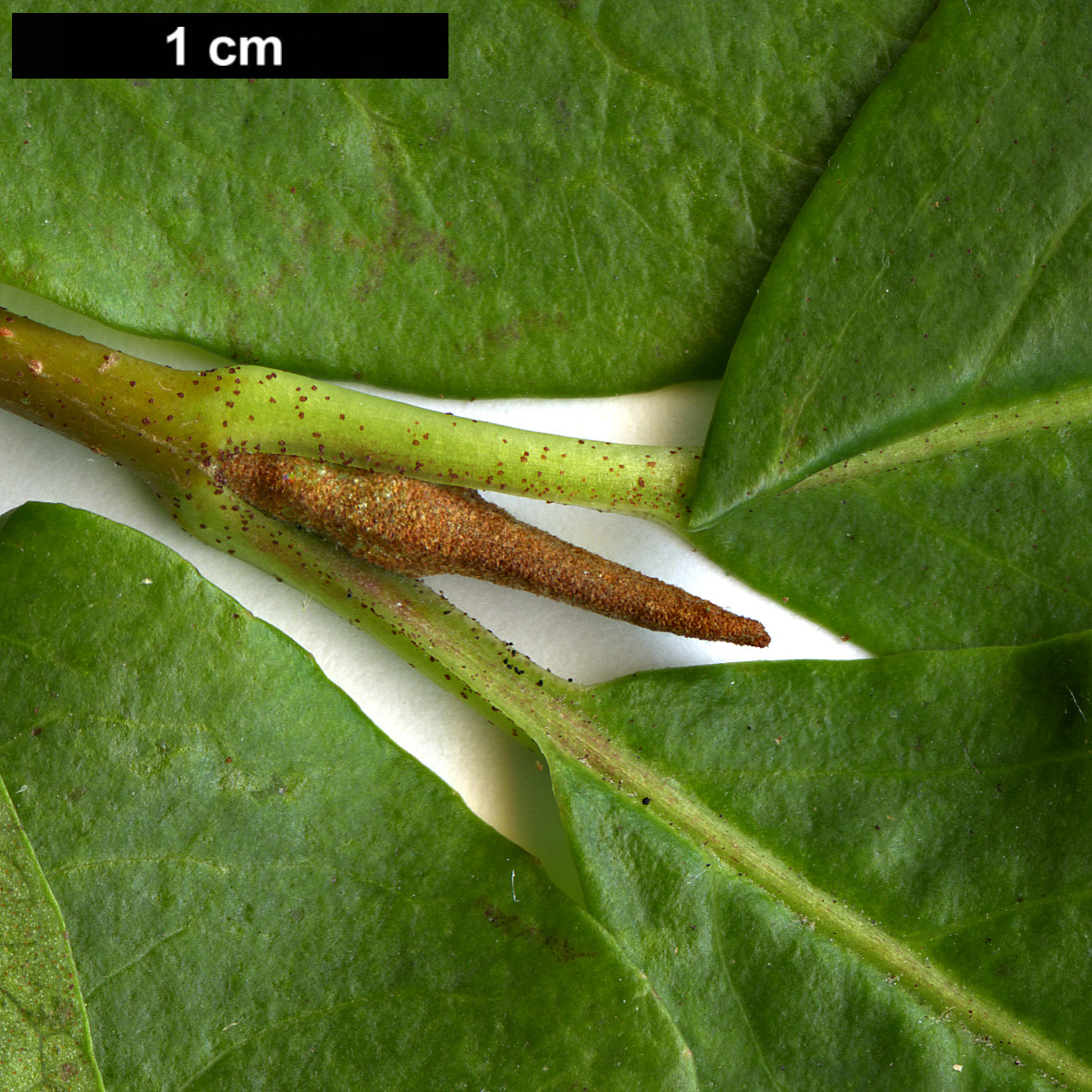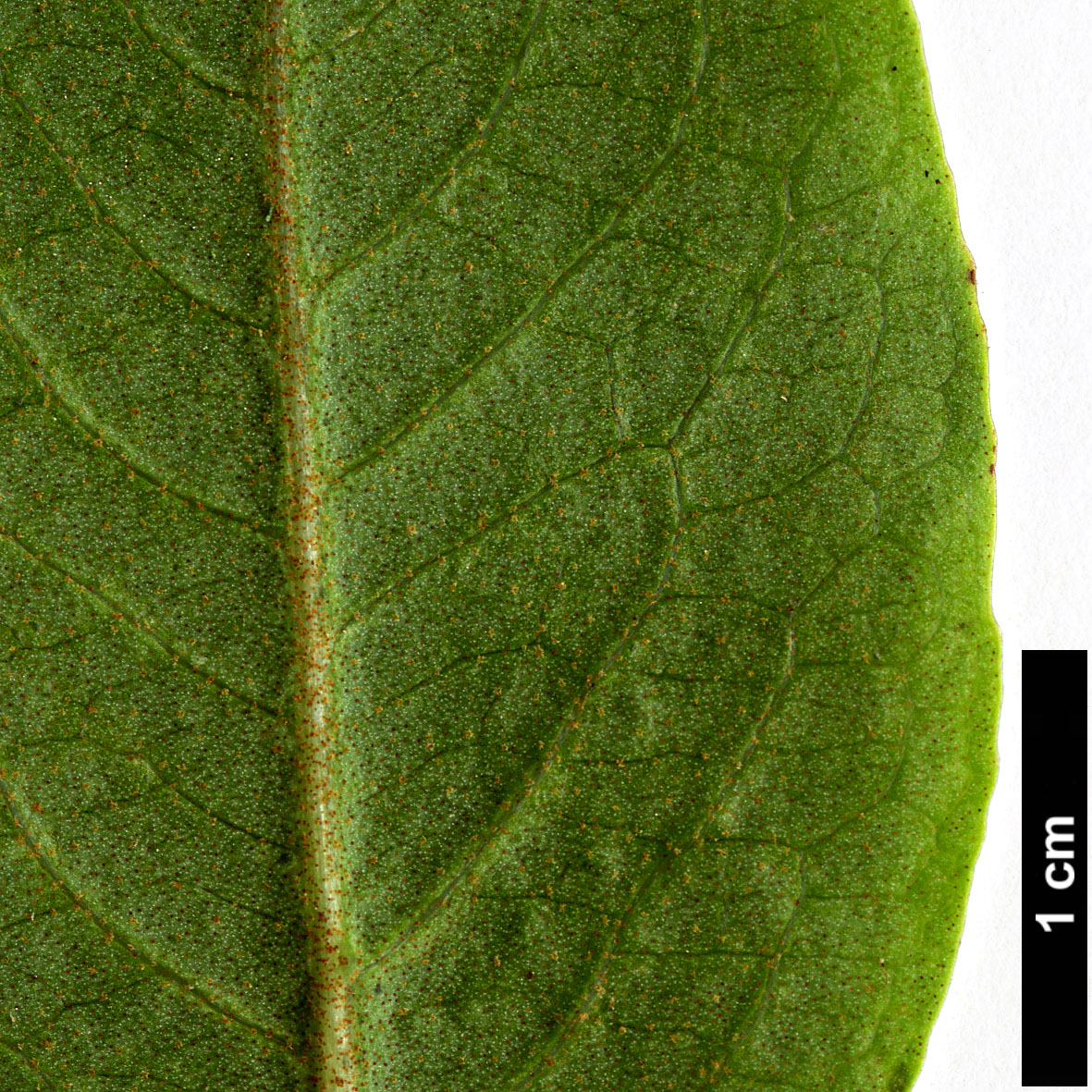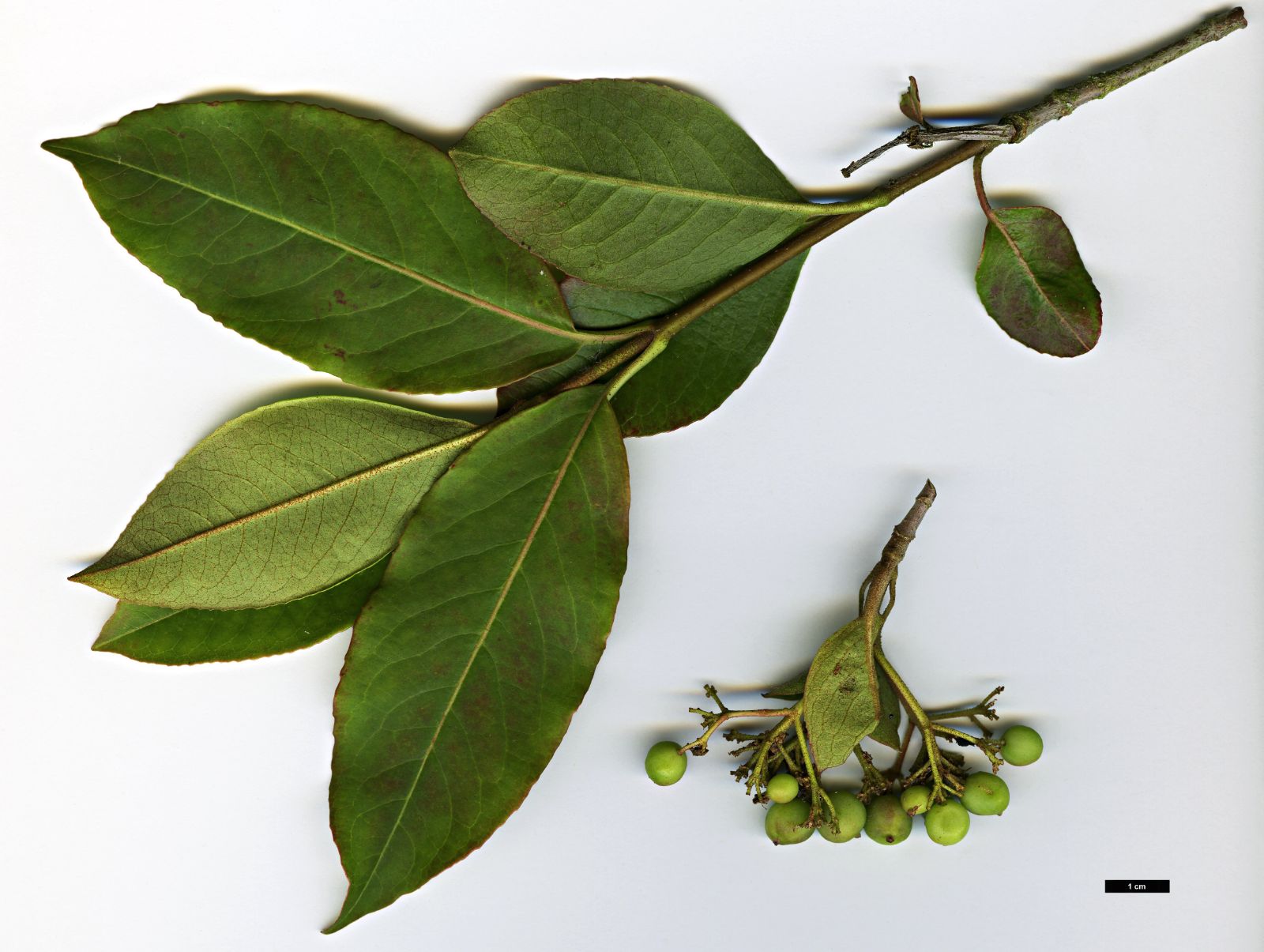Viburnum cassinoides
Credits
Article from Bean's Trees and Shrubs Hardy in the British Isles
Recommended citation
'Viburnum cassinoides' from the website Trees and Shrubs Online (treesandshrubsonline.
Genus
Common Names
- Withe-rod
Infraspecifics
Other taxa in genus
- Viburnum acerifolium
- Viburnum betulifolium
- Viburnum × bodnantense
- Viburnum buddleifolium
- Viburnum burejaeticum
- Viburnum × burkwoodii
- Viburnum × carlcephalum
- Viburnum carlesii
- Viburnum cotinifolium
- Viburnum cylindricum
- Viburnum davidii
- Viburnum dentatum
- Viburnum dilatatum
- Viburnum erosum
- Viburnum farreri
- Viburnum foetidum
- Viburnum grandiflorum
- Viburnum harryanum
- Viburnum henryi
- Viburnum hupehense
- Viburnum japonicum
- Viburnum kansuense
- Viburnum lantana
- Viburnum lantanoides
- Viburnum lentago
- Viburnum macrocephalum
- Viburnum molle
- Viburnum nudum
- Viburnum odoratissimum
- Viburnum opulus
- Viburnum phlebotrichum
- Viburnum plicatum
- Viburnum propinquum
- Viburnum prunifolium
- Viburnum rhytidophyllum
- Viburnum rigidum
- Viburnum rufidulum
- Viburnum schensianum
- Viburnum setigerum
- Viburnum sieboldii
- Viburnum suspensum
- Viburnum tinus
- Viburnum utile
- Viburnum veitchii
- Viburnum wilsonii
- Viburnum wrightii
A deciduous shapely bush of rounded form, rarely more than 6 to 8 ft high in Britain, but said to be occasionally a small tree in the southern United States; young wood scurfy. Leaves ovate to oval with a short, slender, often bluntish apex, rounded or wedge-shaped at the base, 11⁄2 to 41⁄2 in. long, 3⁄4 to 21⁄4 in. wide, irregularly and shallowly round-toothed, or merely wavy at the margin, thick and firm in texture, dull dark green and glabrous or nearly so above, somewhat scurfy beneath; stalk scurfy, 1⁄4 to 3⁄4 in. long. Flowers all uniform and perfect, yellowish white, e in. wide, produced in early June in cymes 2 to 4 in. across, the main-stalk of which is shorter than the branching portion. Fruits blue-black when ripe.
Native of eastern N. America; introduced, according to Aiton, in 1761. There is much confusion between this species and V. nudum (q.v.), but V. cassinoides has dull green leaves and very scurfy young shoots, leaf-stalks, and flower-stalks, and a short-stalked inflorescence. In V. nudum the leaves are glossy, the shoots, etc., comparatively free from scurf, and the inflorescence usually long-stalked.
V. cassinoides is one of the finest American viburnums. The leaves, chocolate-or bronze-tinted when young turn bright red before they fall, and the fruits as they mature pass from green to pink or red and finally to dark blue.

